Rethinking The Cities In Post COVID-19 World
- 21 Jun 2022
- By Deshal Shah

To imagine India after COVID-19 crisis becomes very difficult, as it comes with its own set of complexities and challenges. A densely populated fabric like ours is coupled by inadequate social and physical infrastructure, which amplifies the crisis. Change has always been inevitable, but now, more than ever, it has to be accepted immediately without much time to get comfortable about it. At such times, a lot of questions arise in our minds as to how to overcome this challenge.
- How can we be safe yet be able to go and carry out the day to day tasks?
- How can we live as well as grow in dense urban fabric?
- What are the fissures that COVID-19 has exposed in city planning?
- And most of all, how are we going to change our cities, that can help us prevent the future crisis or the disruptions of near future?
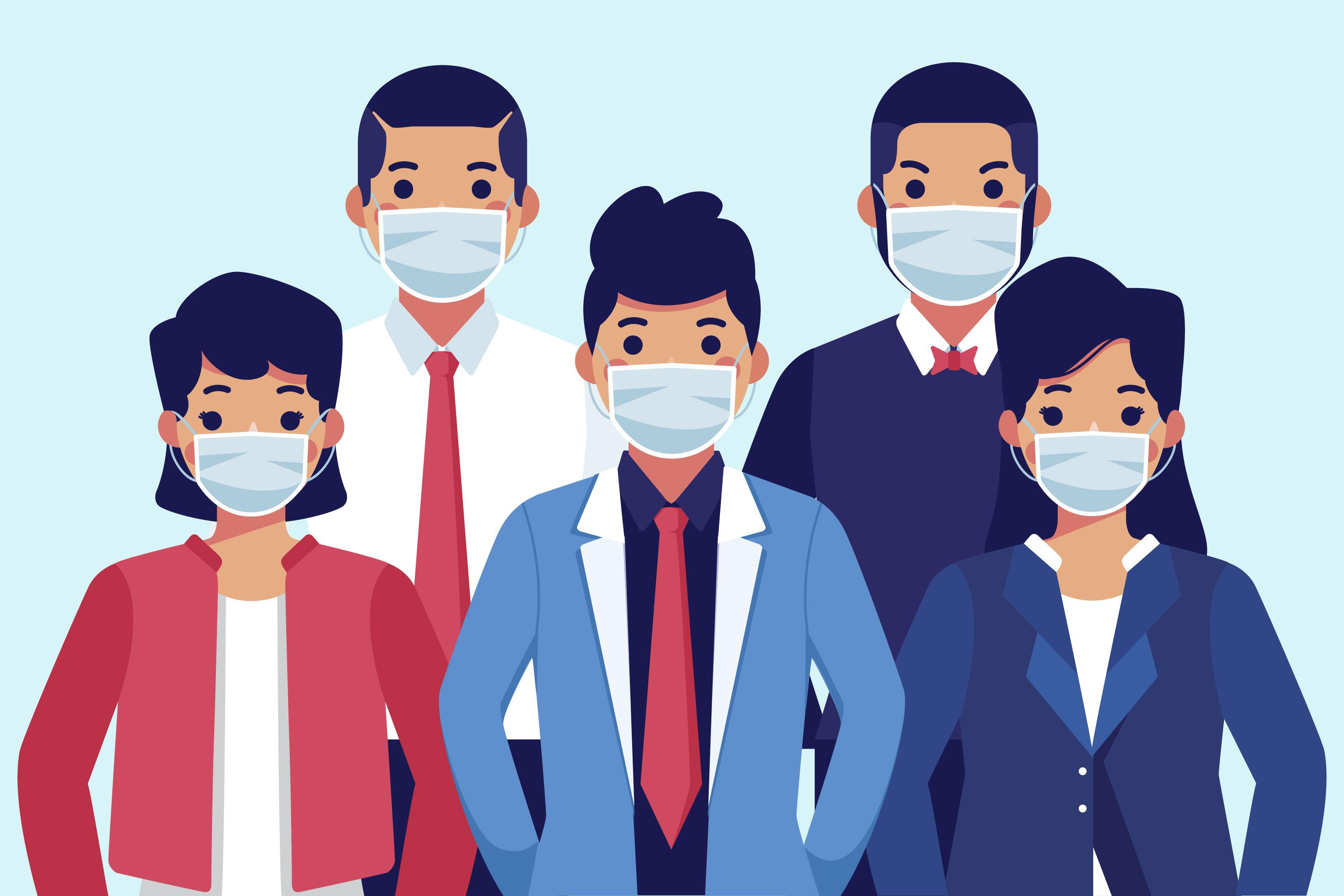
Revolutionize Office Spaces
Rehabilitation post pandemic can lead to change not only the residential and housing design but also the office layout. Work from home, is going to revolutionize the office spaces. Employees prefer to work from home in a safer environment rather than spending most time at the office. Thereby, offices would be visited twice or thrice in a week. At such times, offices play the role of a social space. It becomes a small urban hub where people can socialize, go for entertainment and learning. Re-organizing the space and re-thinking the functions of a space can bring about a desired and advantageous outcome.

Libraries and Community Centers
Libraries and local community centers also need to undergo spatial changes. These public spaces can add alcoves and distanced reading spaces which can also be used as an alternative to working from home.

Apartment design
The idea of work from home, not only changes our offices but also our homes. The design of apartments would drastically change, introducing the office like space in homes. These spaces are supposed to be comfortable and convenient to work from home and attend video conferences, but at the same time without the backdrop of kitchen, cacophony of living room and without hindering the privacy of the bedroom.
The spaces between the apartments become very important here because of the COVID fatigue. Larger spaces can hold public gathering without violating the norms of social distancing. It further encourages the human connection and communication that we had lost for days, physical activity to boost our immunity and in turn makes the surrounding a less tense. Along with it, these large open public spaces remove the anxiety of social isolation that has developed as a result of weeks long lockdown.
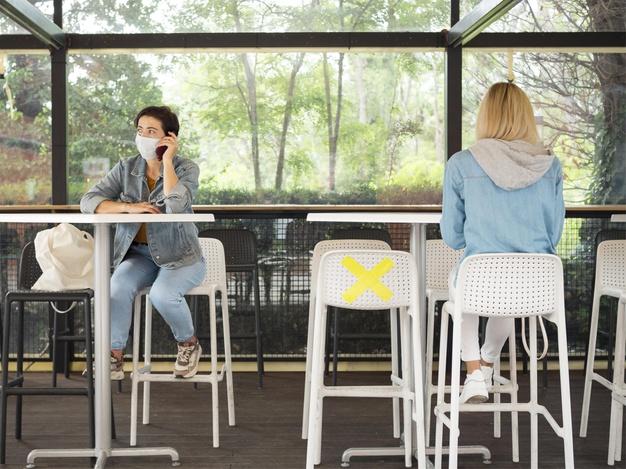
Public places
The public place with most human interactions, in our context, are the markets. A lot of interaction takes place in these markets. The market spaces with vendors and buyers used to be very crowded and organically spread, but now it has to be organized to maintain adequate distance. The vendors should be in a proper queue, followed by the demarcated walking paths. The buyers should also maintain a unidirectional movement, along with the distance.
The parking lots have become potential vacant areas where the markets can be extended. Even the parking lots of the restaurants or cafes can be used to spread out the dining space with enough distance between the tables and people occupying it. The parks and gardens should also be demarcated in varied sizes and allotted to groups of people, so that it doesn’t overcrowd and yet be used by people.

Other necessary changes
There was an advent of various concepts of urbanization in the last decade; green cities, smart cities and sustainable cities. Now is the time we focus on ‘healthy city’. This makes it necessary to strengthen the urban healthcare infrastructure in our country. The new design should be revolving around the latest digital healthcare accessories and the new requirements in the time post pandemic. Hospitals, care homes & assisted living facilities should be thought about with minute details and should be designed with utmost care.
Due to paranoia about congestion, the transit preferences and user behavior severely change. The transitional network should be dense but not overcrowded. This leads us to make complete and adequate neighborhoods, such that all the essential services and goods can be available to us within the 10 minute walk radius. Mixed use spaces should be promoted, which can make everything easy to get to at one stop.

The cities that we live in are both; planned and unplanned, intentional and organic, cultural and need based. The change cannot be achieved by any individual entity but has to be brought by the community as a whole. The planners, architects and designers lead the change but has to be accompanied by other fraternities. The cities post COVID should assist for future crises and mitigate the adverse short term consequences of the pandemic.
Recently Published
loves or pursues or

.jpg)

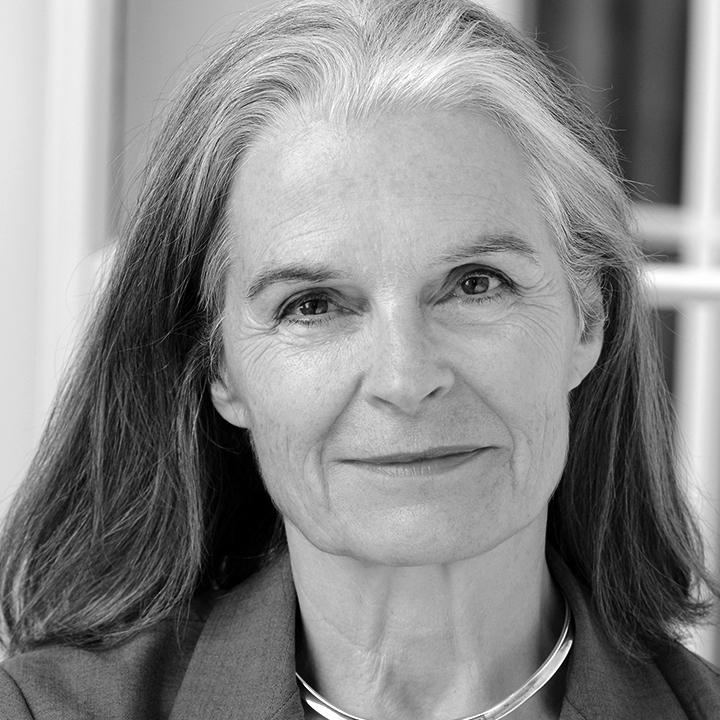
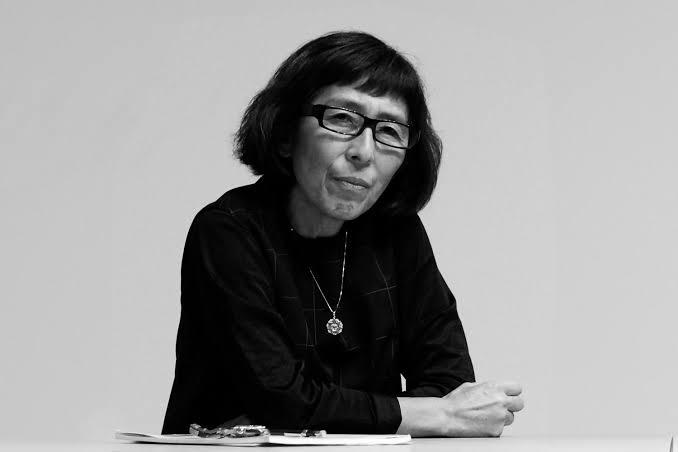
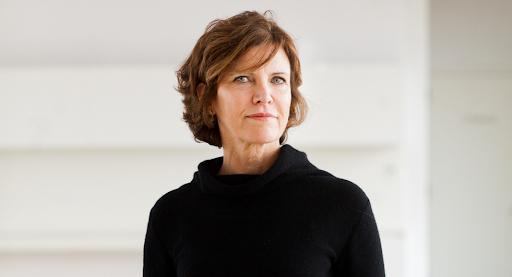

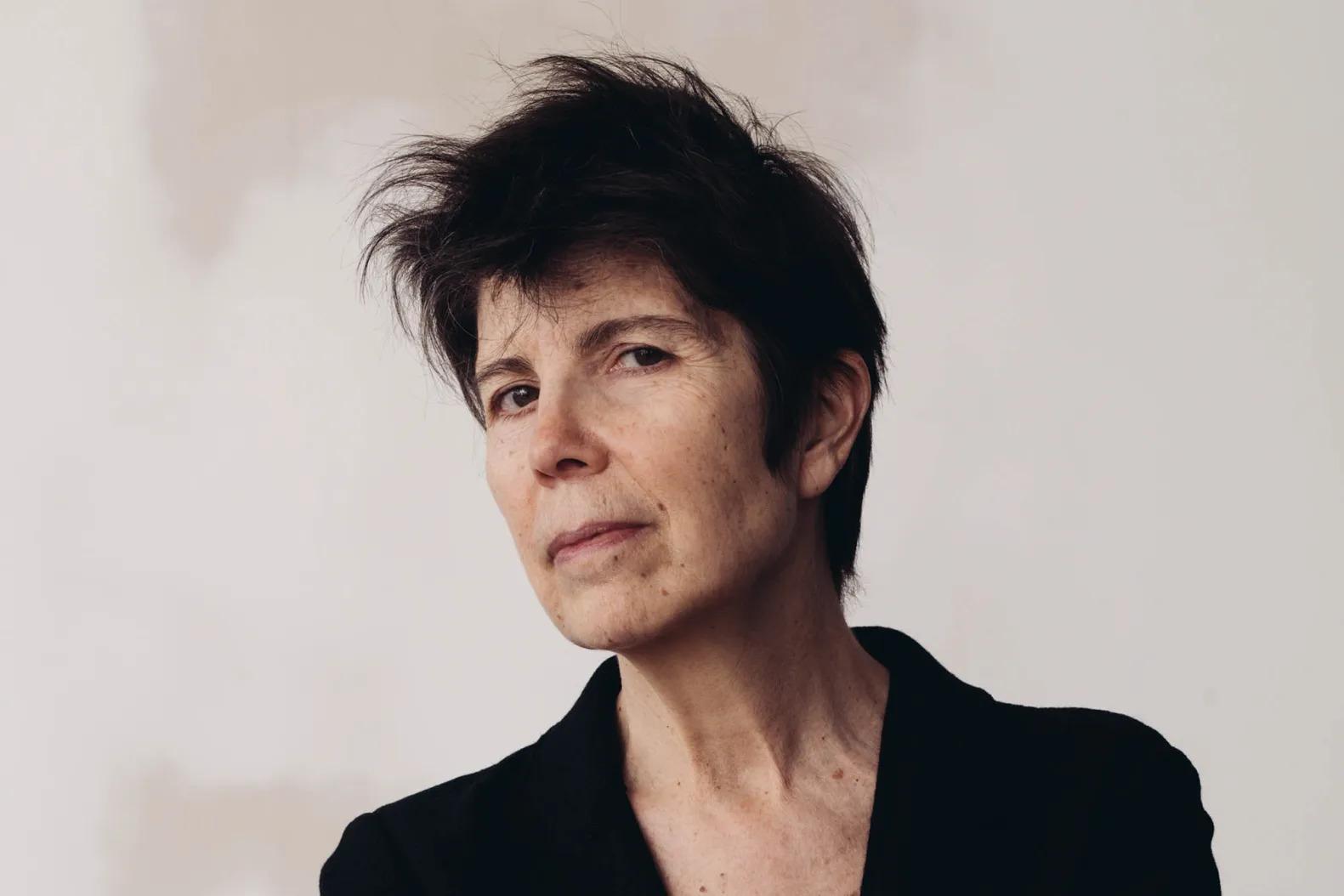
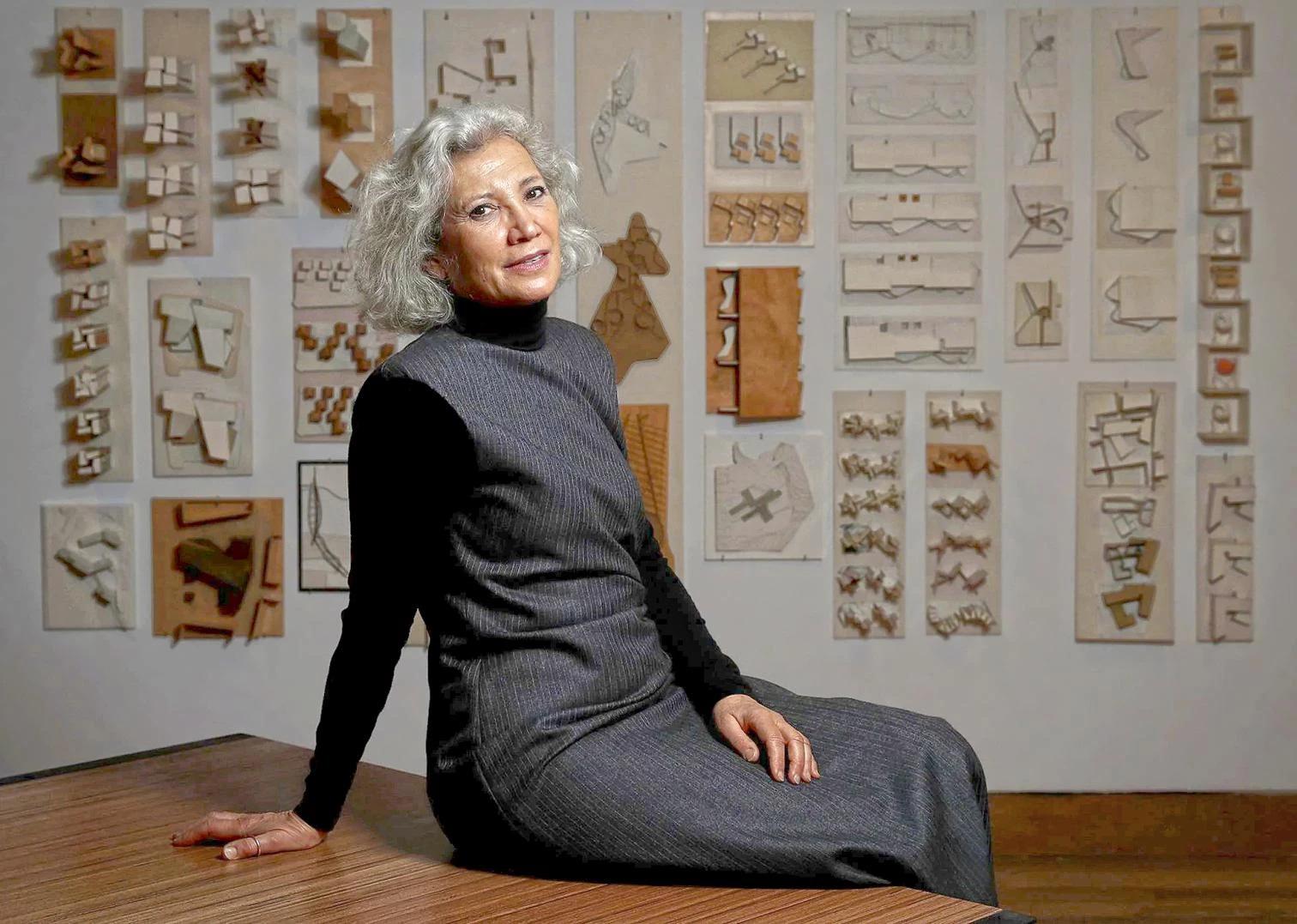
.jpg)